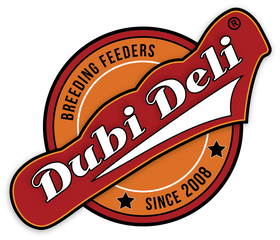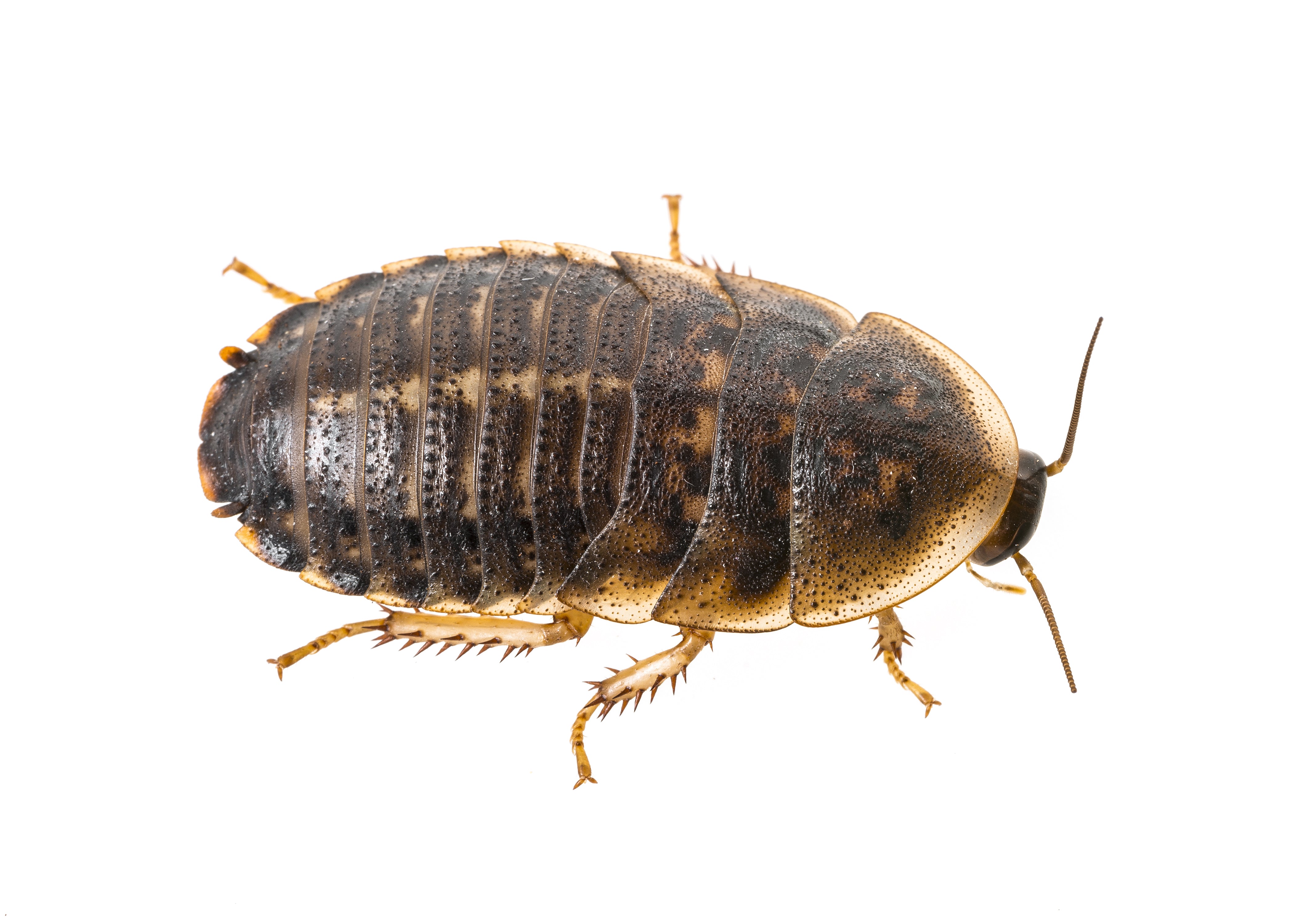Did you know that the percentage of households in the US that had reptile pets in 2020 was 4.5%? This demonstrates that the number of reptile pets has gone up in the past few years, considering that this percentage in 2007 was 2%.
If you're one of the many reptile pet owners in the US, you might be feeling stressed about how to take care of the live food your pet eats. After all, how can you be sure it's in the best state to serve to your pet?
Not to worry. In this article, we'll review everything you need to know about how to look after your pet's live food. Finally, your spiky or serpentine friend can eat delicious food. Read on to learn more.
How to Care For Dubia Roaches
One of the most common types of reptile food is Dubia roaches. When you're taking care of them, there are various steps you need to take. First of all, you need to put them in an environment that mimics the habitat that they're used to.
Get started by ensuring that they're living in an area that has a temperature range that's between room temperature (for feeding) and up to 85 degrees Fahrenheit (for breeding). You should also set the humidity so that it's between 40% and 60%.
Additionally, ensure that your Dubia roaches aren't in direct artificial or natural light.
They should also have a variety of places to hide. These might include cardboard tubes, egg cartons, and similar items.
When you're cleaning the enclosure the roaches live in, use a soap that's plant-based. This way, your roaches won't consume chemicals that are toxic.
Make sure, as well, that if you're breeding Dubia roaches, you have the right ratio of females to males. A ratio of 3 female to 1 male works well.
The Enclosure
As for the enclosure where you're storing your Dubia roaches, it should be made of fine-grain plastic that's smooth. If you can't find a smooth container, you can always use packaging tape around the top inside of the enclosure to prevent escapes. As for where to store the enclosure, a closet is a good choice or any place that it won't be disturbed.
For roach colonies, a small 10-gallon container makes a good choice. a 10-For larger roach colonies, go for a 50-gallon! Sterilite containers are a good idea since Dubia roaches aren't able to climb on smooth surfaces.
Feeding
As a rule of thumb, If the roaches cover all the food and the food stays covered with roaches until all the food is gone, there is not enough food. Over time, this can cause smaller nymphs to starve becoming weak and die as they don't get a chance to eat. If at the introduction of food there is a mass dash for food covering it and then a few hours later, there is still some food left and no one seems to be eating (maybe a few), then they are getting enough food but they are not being feed frequently enough. Ideally, when you add food, the plate will not get completely swarmed. Adding more food and/or increasing the frequency of feeding can help with this issue. While roaches can go a long time without food, they will get eaten by other roaches when the molt. So that nice big fat roach that gets to eat all the time? Yeah, when he goes to molt, he can be eating by the other hungry smaller roaches that didn't get a chance! When a roach molts, a secretion of liquid occurs to help it shed the exoskeleton. During this time, the roach is paralyzed and makes a tasty treat.
Over Crowding
Overcrowding causes a few issues. First, smaller roaches won't get a chance to eat. Second breeding females ootheca (egg case) can break off. Third, population reduction.
If all your housing material is covered in roaches, its too crowded. Strive for a 70% fill rate. They need room to move around and hid.
It's also important that the enclosure has ventilation. To ensure that it does, cut holes for ventilation into the lid. Then, secure the lid with a metal window screen using tape or hot glue.
Balanced Diet
You should also provide the Dubia roaches with a balanced diet. This should include high-protein meals (15%-20%), vegetables, and fresh fruits. If you are feeding to gut-load, you can add calcium powder to their food so it is transferred to your animal.
Some good examples of food to select from include broccoli stalks, fruits and vegetables, cereal grains, whole-grain bread, and oatmeal. Roaches are not picky eaters. However, remember that what you feed your roaches, your pet will be eating.
In terms of how often you should feed Dubia roaches, you should do this every few days. In other words, don't feed them for one or two days at a time.
Any food left after 24 hours should be removed.
How to Care for Mealworms
If you're wondering how to keep mealworms alive and care for them, we'll review this in this section. To get started, choose the right container for them, which should be a box that's wax-coated, plastic, or metal. The container should have sides that are slippery or smooth.
This is so that the mealworms won't be able to climb on the sides and get out. Avoid storing them in a container that's lined with fabric or made of cardboard.
As long as it has sides that are slippery and has a depth of 2" at least, you probably don't need to put a lid on it. However, if you do want to put a lid on it, make sure the mealworms can breathe through it.
To do this, you have two options. One is to poke small holes into the lid. The other is to use a cheesecloth instead of a lid.
Using a cheesecloth is a good solution because it will help in preventing other insects from being able to get into the container.
The Substrate
The substrate will be the food you feed the mealworms with. There are many different things you can use. Oats, wheat bran, with some adding vitamins and minerals to the mix is a good option.
The substrate should be 1/2" in depth. Additionally, you'll probably have to refill the lining every once in a while since the mealworms will be eating it.
Every few weeks, you will want to use a fine screen sifter to remove all the frass. Make sure it is fine enough you don't lose any worms!
Additional Food
In addition to the substrate, you should provide the mealworms with moist food. This way, you'll be providing them with water. Good options include vegetables and fruits like apples and potatoes—and potatoes, especially, are a good choice.
This is because they usually take a while longer to dry out as well as mold. When you notice that any of the vegetable or fruit pieces have become moldy or dried out, switch them out for fresh ones.
Keep in mind that you shouldn't place a water dish in the container. This is because the mealworms would crawl into the dish and drown.
Temperature
The ideal temperature for the container you're keeping your mealworms in is around 80 degrees. By setting this temperature, it will be easier to breed the mealworms so that you have more of them to feed your reptile pet with.
Do you live in an area where the climate and temperature tend to be mild? In this case, you might be able to keep the container in your garage.
Be Aware of Life Stages
There are various life stages of mealworms, including mealworms, pupae, and beetles. It's vital that you keep the mealworms that are in different life stages in different containers. Otherwise, the beetles will consume the mealworms!
To make sure that you take the mealworms out at the right time, take them out when they're pupae. The food that mealworms and beetles eat is the same, so keep the food the same in this case.
As for pupae, put them in a container without substrate and instead use paper towel. This way, the beetles will be able to hold onto it once they hatch.
Note that the temperature for all of the mealworms' life stages should be greater than 62 degrees Fahrenheit.
How to Care For Hissing Cockroaches
Another live food option for feeding reptiles with is the Madagascar hissing cockroach. To take care of this type of insect, you first need to create the right habitat. To get started, get a plastic bin or a glass fish tank for housing your cockroaches.
When it comes to choosing the right size, use this ratio: for every 12 roaches, have 2.5 gallons of space available. Additionally, make sure the container has a lid.
If you're using a bucket or storage container, drill holes into the top. These holes should have a diameter of half an inch. Once you've made them, you should use a microscreen to seal them.
As for how many holes to drill, drill a minimum of 10 for a large storage container (in other words, one that's 20 gallons).
Keep in mind that when you're choosing a container, floor space matters more. Therefore, length and width are more important than height.
Additional Container Considerations
Near the container's top, smear a substance that's greasy, covering its top three inches. You could use bug stop, olive oil, or vaseline. This will help to keep the roaches from reaching the container's top.
Next, put the bedding down. Some options include coco soft or orchid bark, oak, sand, or gravel. Make sure there isn't any dirt in the bedding.
After this, put hiding places within the container. You can use cardboard tubes, bark pieces, small logs, or an egg carton's bottom.
Finally, ensure that the climate is humid and the temperature is humid enough. To do this, spray the container regularly and make sure the temperature is between 85 and 95 degrees Fahrenheit.
Choose the Right Food
You should feed your cockroaches with food that this food is high in protein—otherwise, your roaches might end up eating one another. Once a week, provide them with fresh vegetables and fruits.
Wash all fresh food to remove pesticides could end up killing the roaches.
You should also be careful about mold buildup, which can also kill your roaches. To avoid this, replace the vegetables and fruits the roaches haven't eaten within a day or two.
As for water, you should avoid putting it in a bowl because your roaches can drown in it. A good way to give water is to use DubiDrops.
Want to Buy Live Food?
Now that you've learned about how to take care of live food, you might want to buy live food for your pet reptile. In this case, you should look no further than Dubi Deli. At Dubi Deli, we sell many different types of live food for pet reptiles.
The live food we sell includes Dubia roaches, mealworms, hissing roaches, and more. In addition, to live food, we also sell frozen food and supplies. To buy live food from us, check out our Dubia roaches and more today.

